Ever have a wobble when you sit on your toilet? Or is there a dampness around the toilet that never seems to go away? These could be signs that your toilet needs to be reseated. Sometimes the wood frame under your toilet has gotten water soaked and is collapsing, or the bolts holding the toilet in place have corroded and need replacing or the wax ring is leaking.
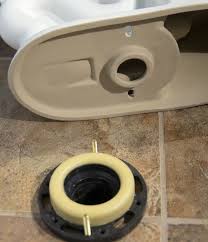
Can you sometimes reseat the toilet yourself?
Yes.... with a few caveats:
-Always turn off the water before starting any plumbing project.
-IF the wood underneath your toilet is rotted, please call a plumber as the water damage to the flooring and sub flooring may be extensive.
-Choose not to start this project on a Saturday but during the week. The cost of calling a plumber after hours on a weekend can be surprisingly pricey.
-Have at least one helper as maneuvering the toilet can be difficult.
Tools needed:
(Need help with your tool box? Try Stocking Your DIY Plumbing Toolbox & 8 Plumbing Tools Every Handy Home Owner Should Own )
-Bucket and sponge
-Crescent wrench or channel lock pliers
-Putty knife
-Wax ring
-Newspaper
-Closet bolts

Now to the job:
-Disconnect the supply line
-Flush the toilet and use the sponge and bucket to remove remaining water.
-Remove toilet lid and place it safely out of the way.
-Take off the nut caps using the putty knife. Putting them into the open tank will ensure that they won’t get separated from the toilet. Use a crescent wrench to loosen the nuts holding down the toilet.
If the bolts are rusted on or you are unable to remove them, call the plumber! Using too much force may easily crack the toilet base.
-Putting the newspaper around the toilet area will prevent wax from oozing. Straddle the bowl and lift where the bowl connects to the tank. Have your helper make sure the bottom of the toilet is clean. Remember to clean the flange as well.
-Place the wax ring, warm wax makes a better seal.
-If you are replacing the closet bolts, now is the time you want to set them into the floor flange. Use a washer and nut to tighten them down onto the floor. Make sure that they are even so that your toilet sits straight when you go to tighten it down. Brass closet bolts will wear better as they are resistant to moisture.
-With the wax ring down, you are ready to reset the toilet. Lift the toilet off the paper using the same technique you used to pull it. Make sure to line up the bolts with the holes, a helper can help with lining up the toilet with the bolts. When the bolts are lined up press the toilet down, rocking side-to-side and back-and-forth to make sure the seal is uniform. With the bowl is resting on the floor check to make sure the bowl is resting straight.
-When the bowl is set down straight, it is time to tighten it down to the floor. Using a crescent wrench tighten the nuts on to the closet bolts. Do this slowly, tightening each side evenly. Avoid over tightening as it can crack the bowl. To make sure the bowl is down tight, place your arms around it and try to rock it side-to-side and back-to-front. If it moves, continue tightening the nuts, still alternating sides. When the bowl is down tight you are ready to reconnect the water supply. The supply line needs to be hand tight only. With the line hooked up, turn the water back on and flush the toilet a few times, checking for leaks around the bowl and on the supply line.
The professionals at Jersey Plumbing will be happy to help with this project if issues like soaked wood supports or bolts that will not turn arise. Having a functioning toilet really is one of home life’s pleasures. Jersey Plumbing can make it happen.
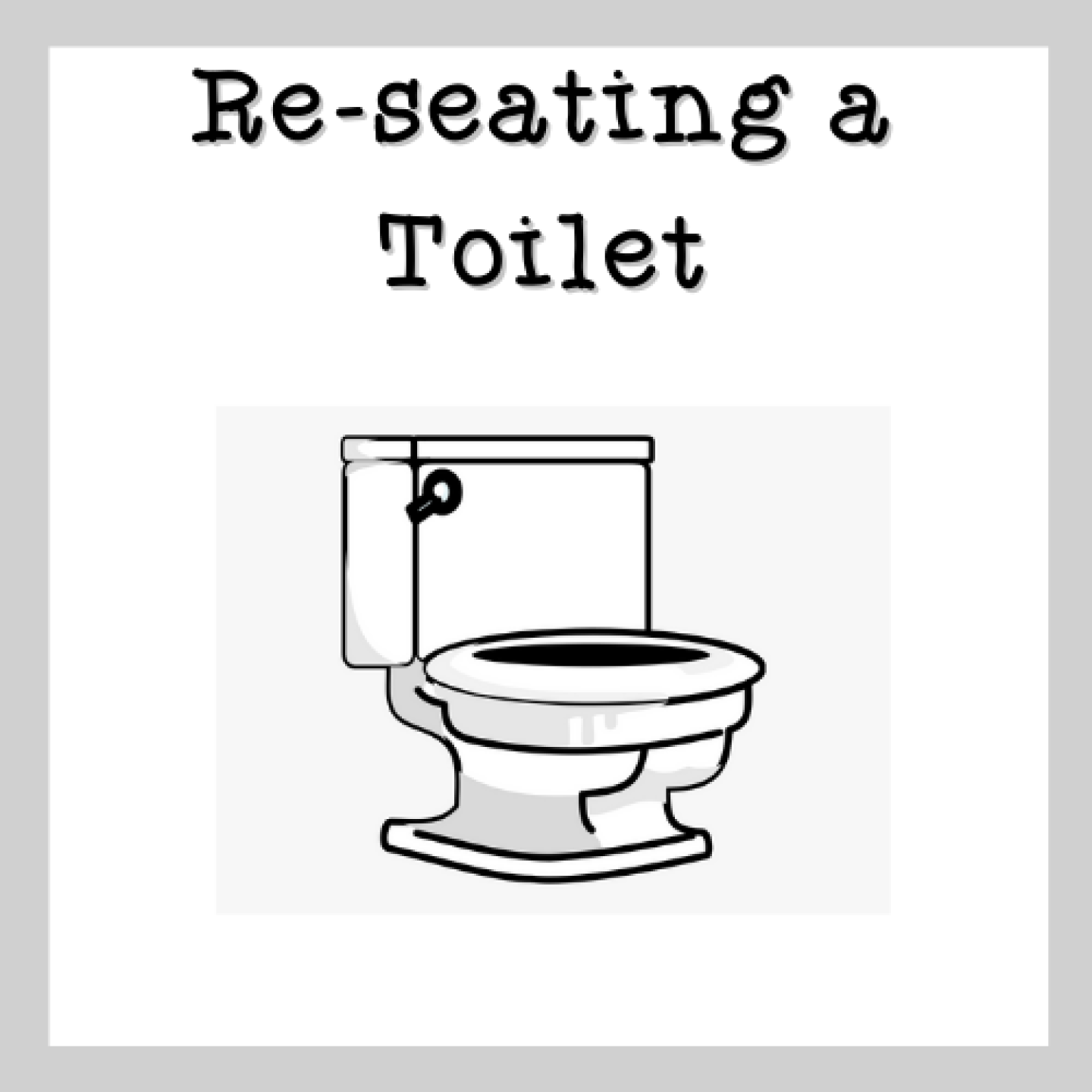
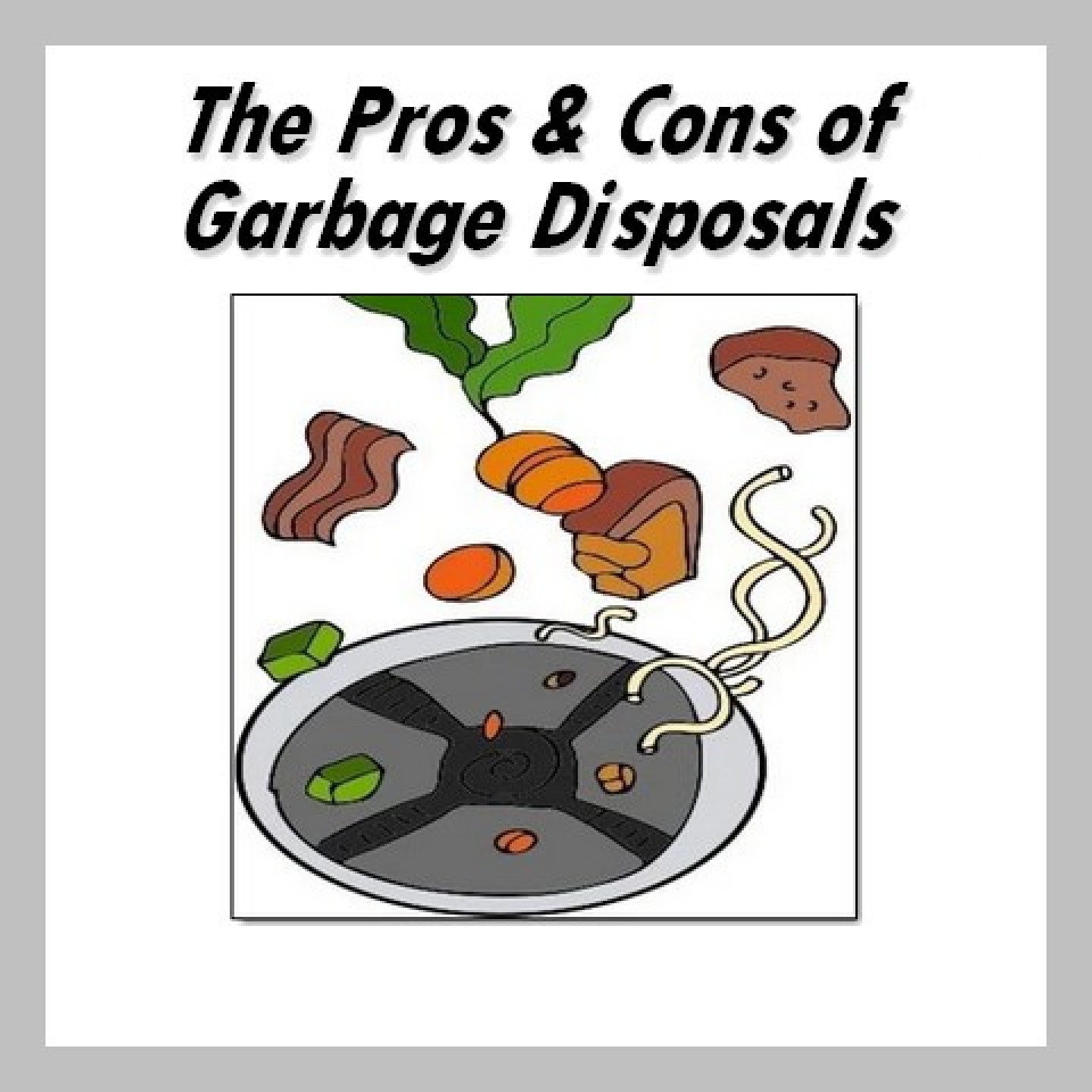

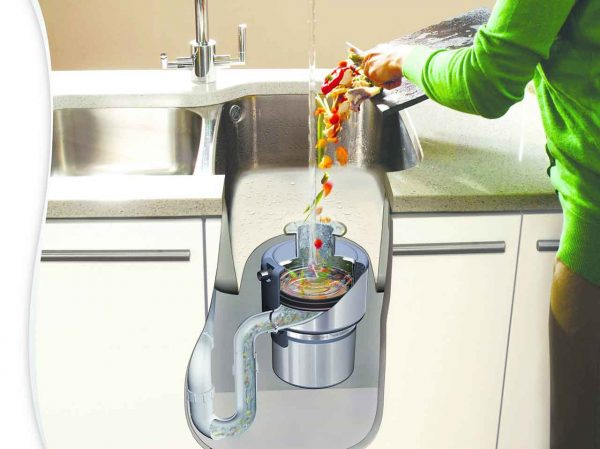


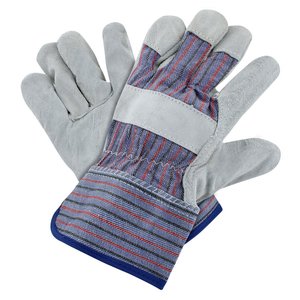
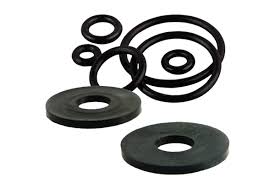
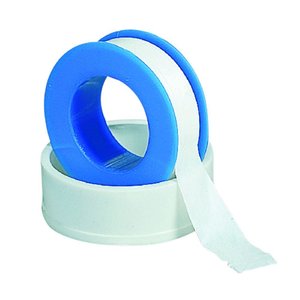
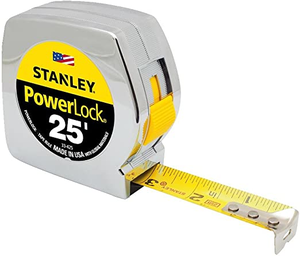
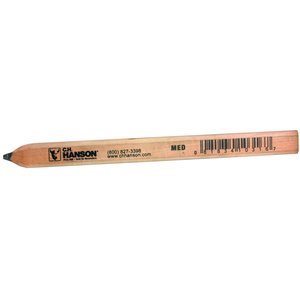
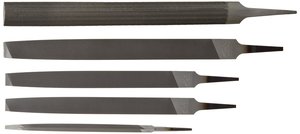
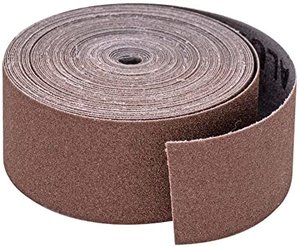
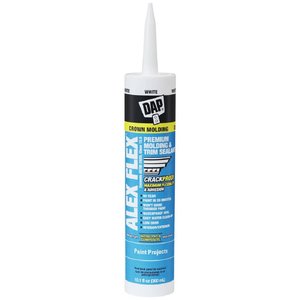
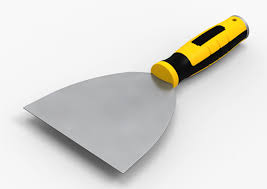
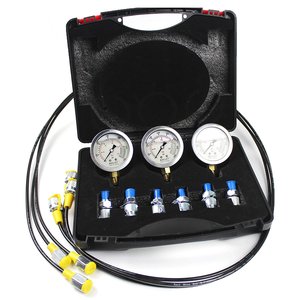

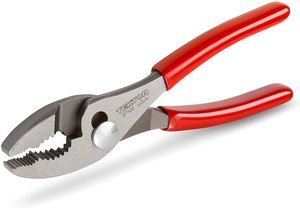

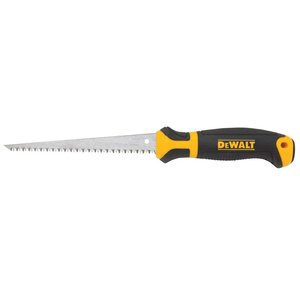
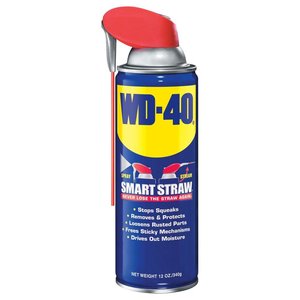
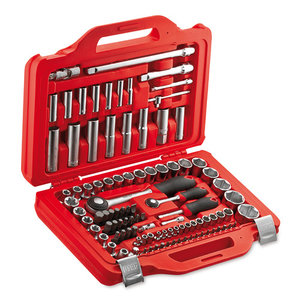

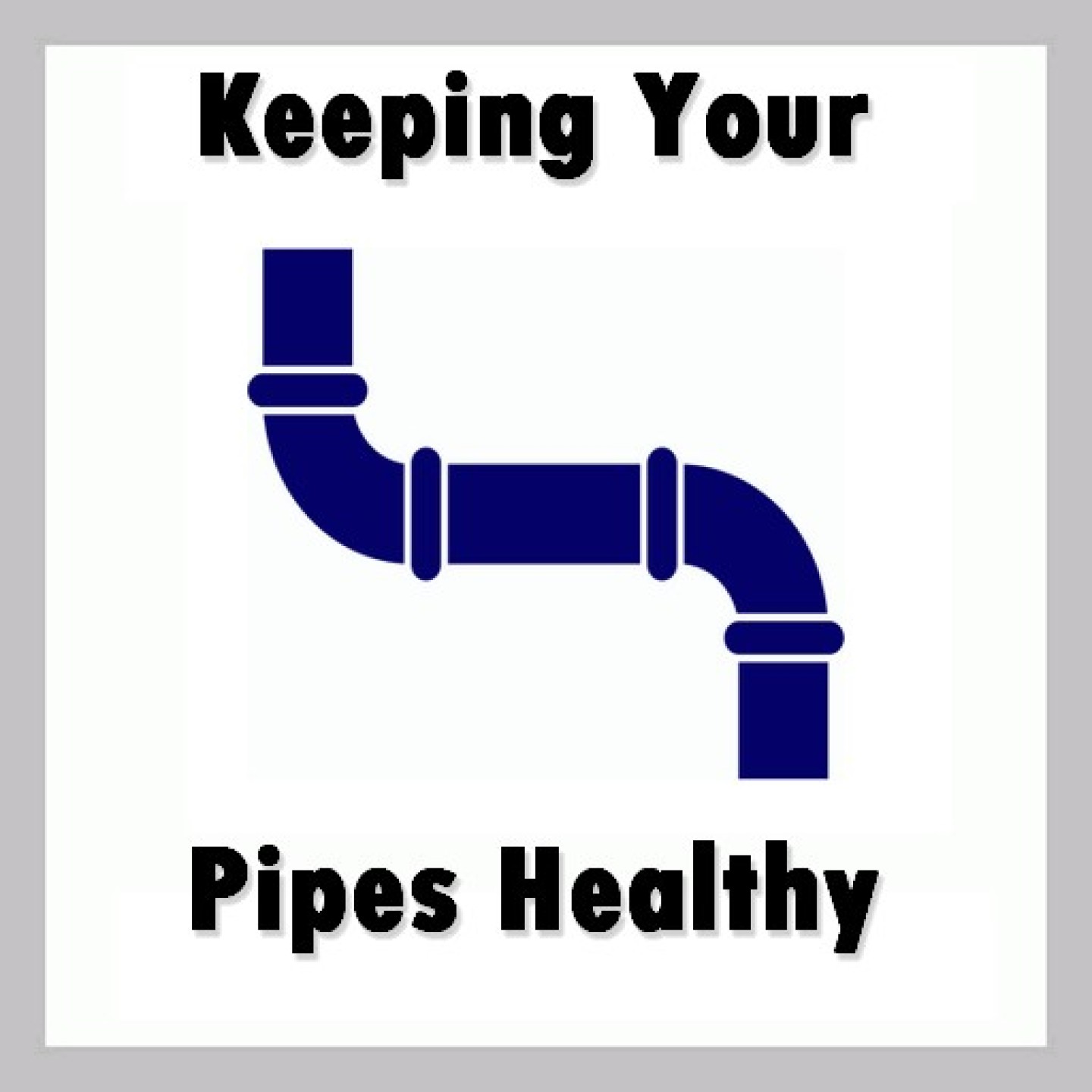



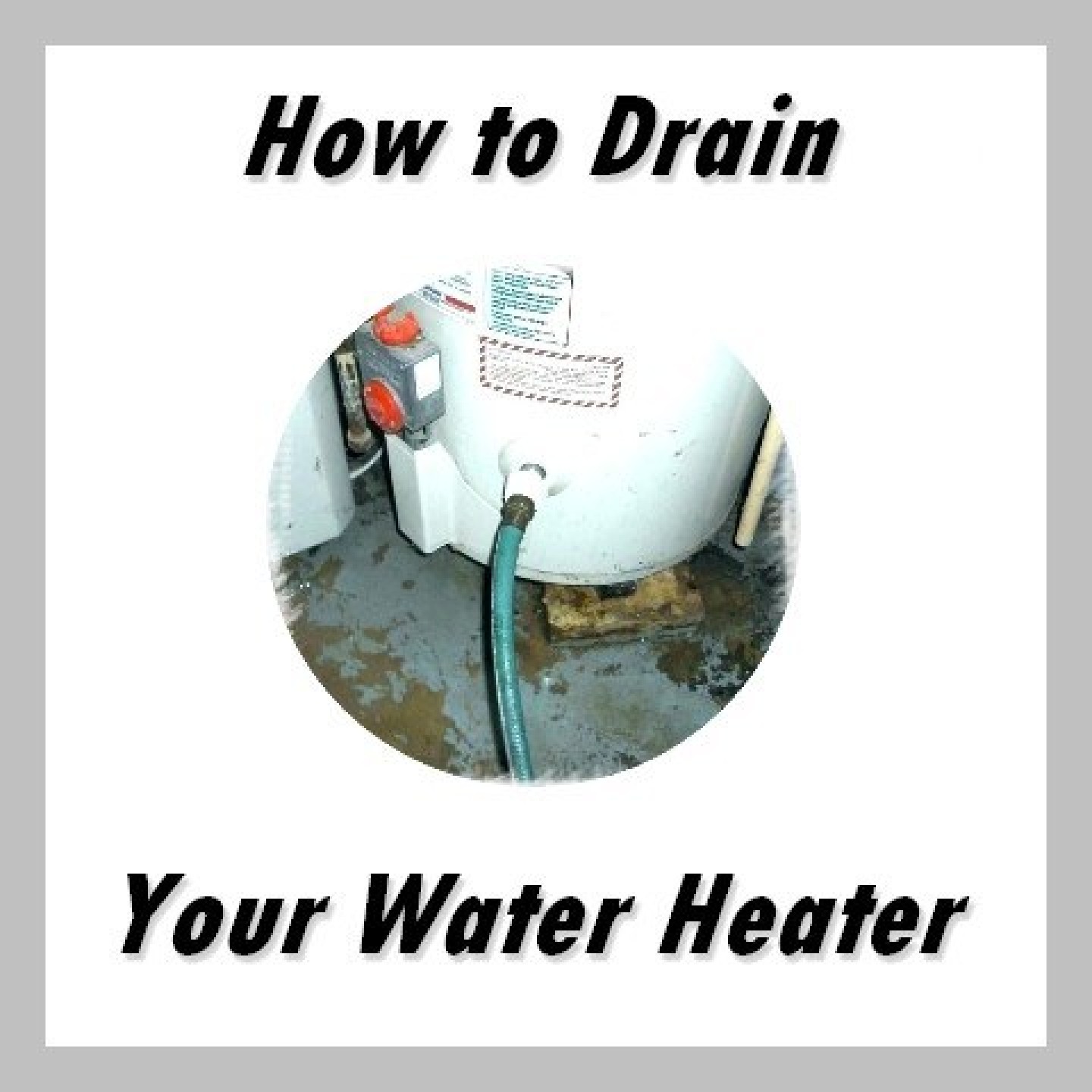
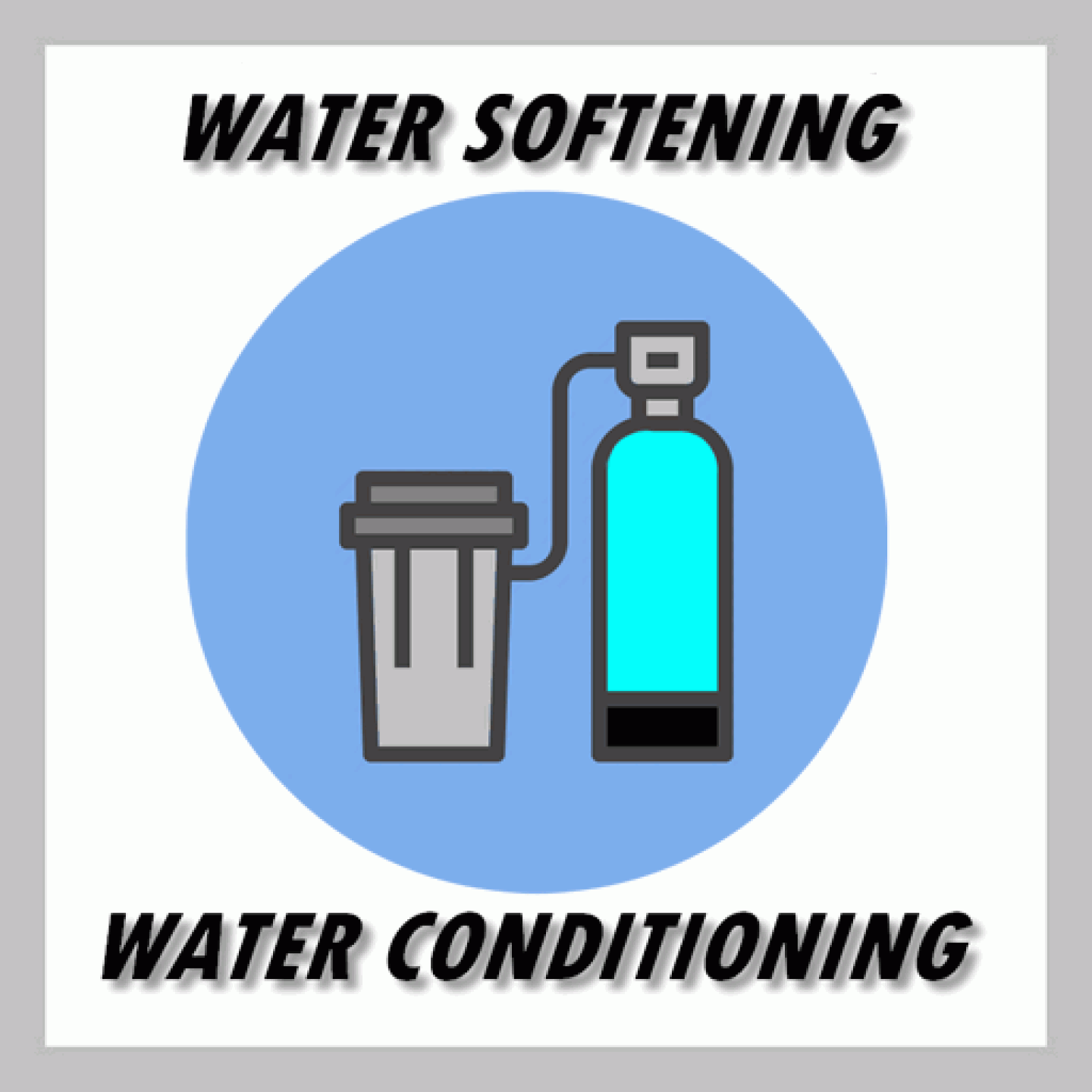
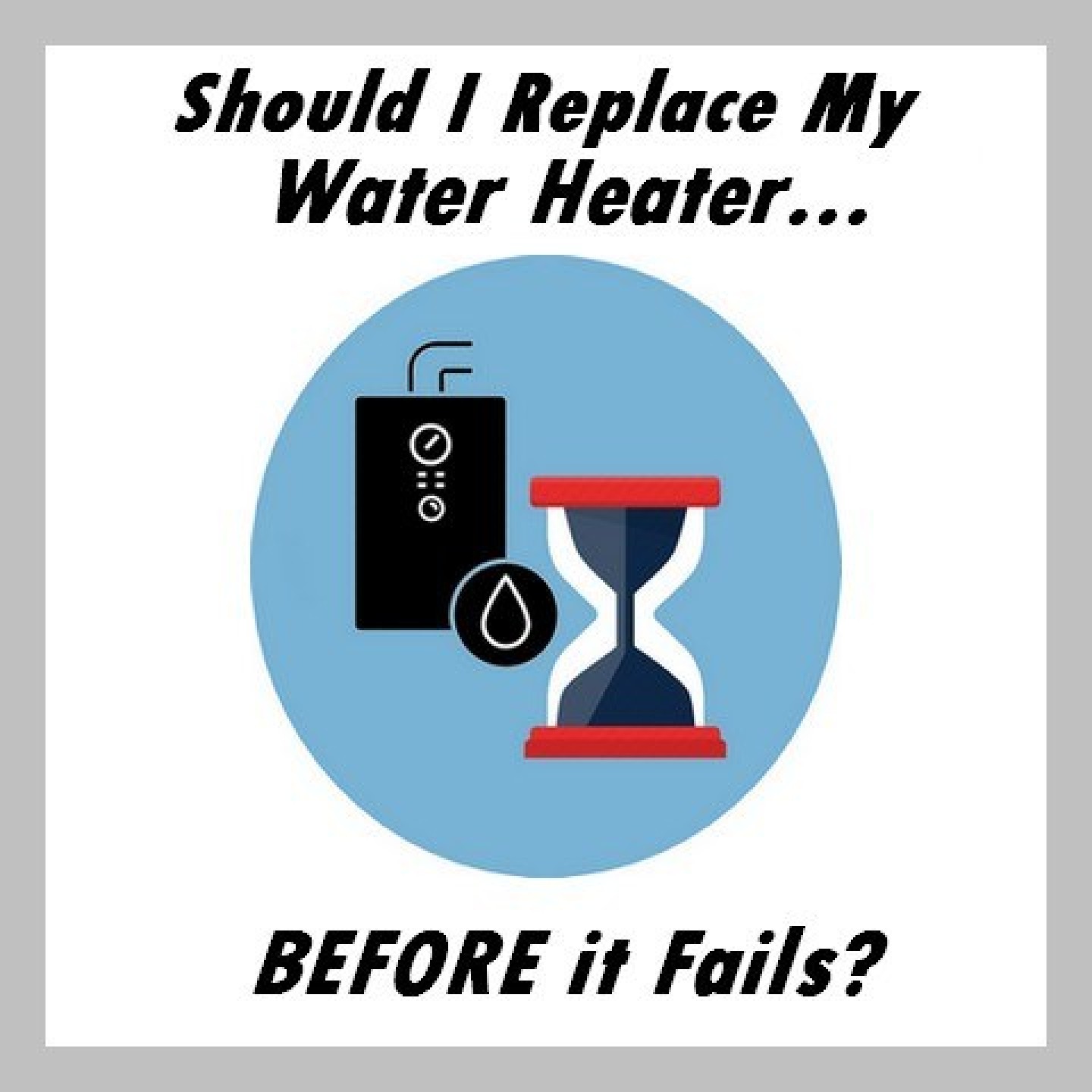
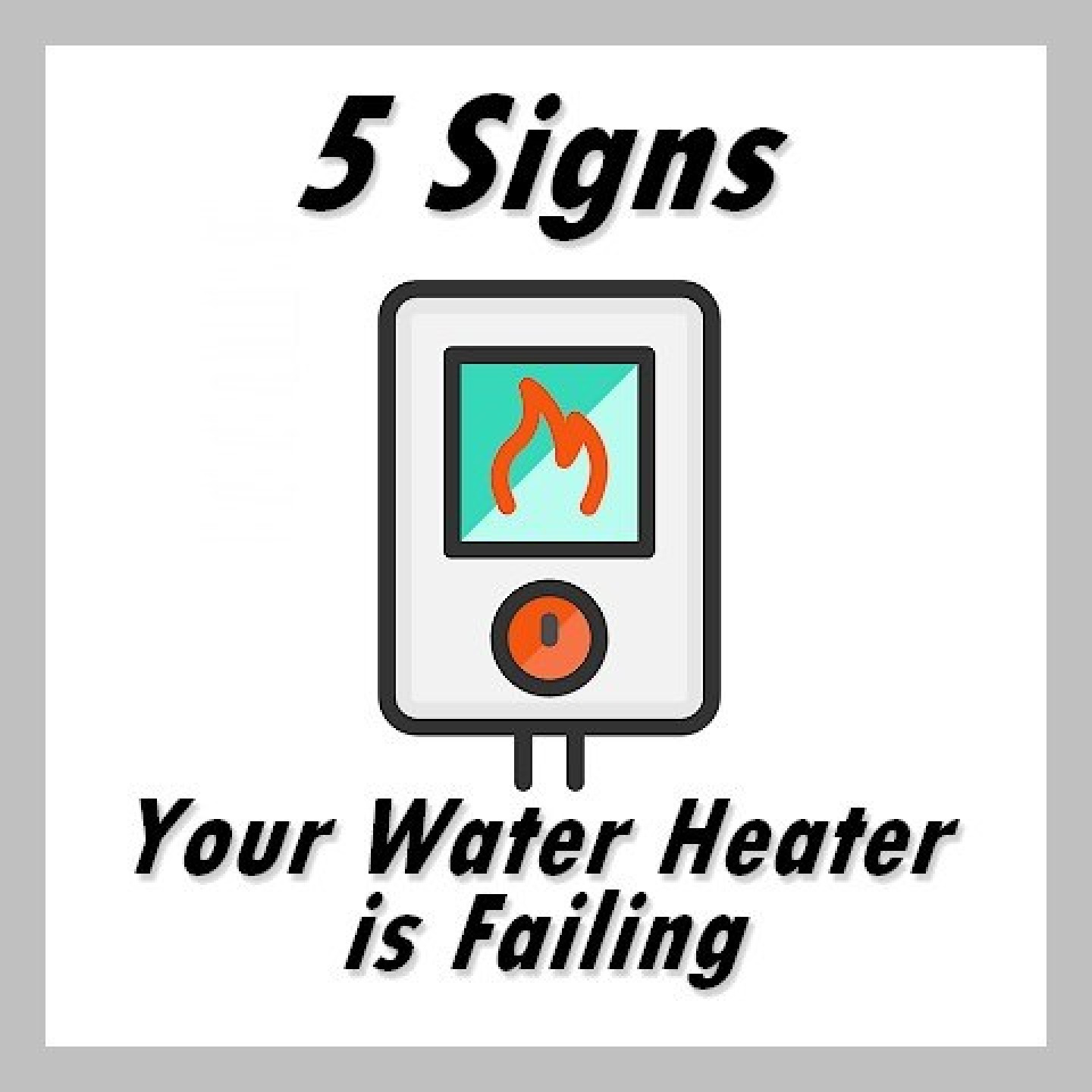
Recent Comments